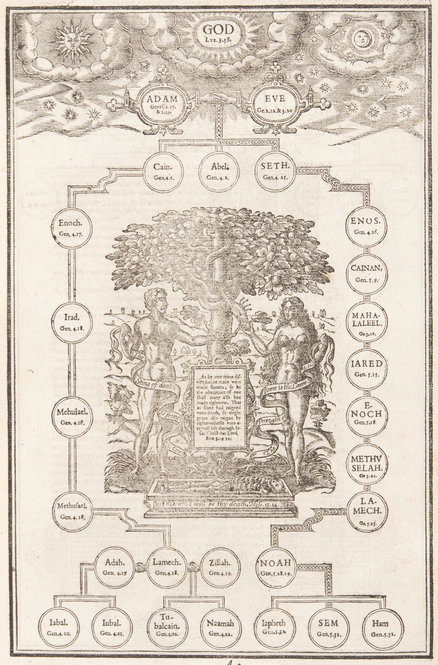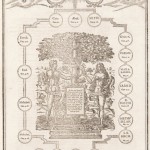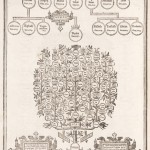Historian John Speed (1542–1629) worked with Hebrew scholar Hugh Broughton to create a 36-page genealogy to accompany the first printing of the King James Bible. The genealogy traced “euery family and tribe with the line of Our Sauior Jesus Christ obserued from Adam to the Blessed Virgin Mary.” Speed’s genealogy (1611) portrays the then-popular view that Noah’s sons went on to populate specific regions of the world: Shem to Asia, Japheth to Europe, and Ham to Africa. In the Americas, pro-slavery advocates used the “curse of Ham” to justify the enslavement of Africans and their descendants.
Speed’s genealogy and other manuscripts related to the King James Bible are on view in the exhibition The King James Bible: Its History and Influence through July 29.
Please click on the thumbnails below to view full-size images.


